They affect your car’s handling, ride, braking and safety. But most people don’t give much thought to them.
Eighty-three percent of drivers aren’t “tire smart” (i.e., they don’t know how to properly check tire pressure), according to a 2015 survey from the Rubber Manufacturers Association (RMA).
You may be thinking, Tires haven’t changed since I bought my first set. Wrong! Since they carry you and your car around on the road, taking proper care of them is one of the most important safety factors that also happens to be the most overlooked. Here, we deflate the top five tire myths to make sure you know your way around on four wheels.
Myth #1: All Cars Come With Spare Tires
This used to be standard, but not anymore. For space-saving reasons and fuel efficiency, approximately one in three new cars don’t come with a spare tire in the trunk. Instead, you’ll get a “temporary mobility kit” with a tire sealant and a tire inflator or run-flat tires, says Maryland-based master mechanic and automotive radio show host, Pat Goss. If your tire is punctured, apply the sealant through the valve stem then use the inflator to re-inflate it, he explains. The downside? If the damage is more severe than a tiny hole (think nail size), the mobility kit probably isn’t going to cut it and you’ll have to be towed (GEICO’s mobile app makes it a cinch to request emergency roadside assistance.). Go check your trunk now, so you’re not surprised in an emergency.
Myth #2: The Correct Tire Pressure Is Listed On The Tire Sidewall
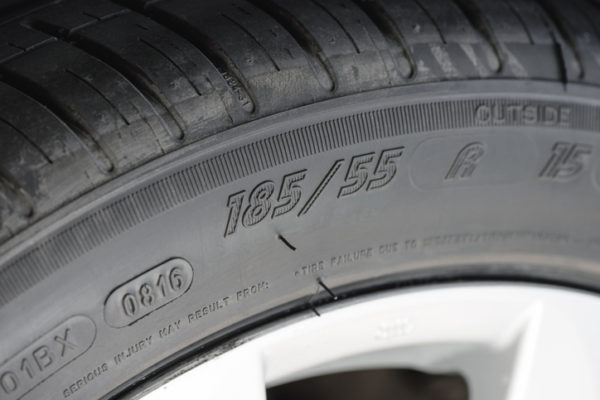 Half of all drivers believe this is where you should look to find out the ideal tire inflation pressure number. But these numbers actually tell you what size and kind of tire you have as well as the maximum cold inflation PSI the tire is rated for—not the recommended pressure for your vehicle. That information is actually listed on a label inside the vehicle’s driver-side door or in the owner’s manual.
Half of all drivers believe this is where you should look to find out the ideal tire inflation pressure number. But these numbers actually tell you what size and kind of tire you have as well as the maximum cold inflation PSI the tire is rated for—not the recommended pressure for your vehicle. That information is actually listed on a label inside the vehicle’s driver-side door or in the owner’s manual.
Myth #3: A Tire-Pressure Monitoring System (TPMS) Ensures That Your Tires Are Always Good To Go
A tire-pressure monitoring system electronically tracks and displays tire pressure via a gauge, pictogram display or a warning light on your vehicle’s dashboard. “These have lulled most drivers into believing that if the warning signal is off, everything is fine,” says Goss. Since a signal is only triggered when tires lose 25 percent of their inflation pressure (aka “dangerously low” tire pressure), you could be driving on tires that are underinflated enough to cause unnecessary wear, waste fuel and in some cases, decrease cornering ability while increasing stopping distances. Goss advises that you should check tire pressure every 30 days the old-fashioned way: manually, with a tire pressure gauge. (Need a refresher? Watch this quick how-to video on how to check your tire pressure.)
Myth #4: You Should Rotate Your Tires About Once A Year
 Not exactly. Tire rotation should be performed every 5,000 to 8,000 miles, which also coincides with the typical oil change recommendation. So the easiest way to ensure this happens is to get both done at the same time, says Goss. Another way to keep track? “Most cars today have dual trip meters, so you can set one trip meter to zero when the oil is changed or the tires are rotated and wait for it to reach the desired miles,” says Goss.
Not exactly. Tire rotation should be performed every 5,000 to 8,000 miles, which also coincides with the typical oil change recommendation. So the easiest way to ensure this happens is to get both done at the same time, says Goss. Another way to keep track? “Most cars today have dual trip meters, so you can set one trip meter to zero when the oil is changed or the tires are rotated and wait for it to reach the desired miles,” says Goss.
Myth #5: Never Continue Driving If You Experience A Flat
Run-flat tires—which let you keep driving after a puncture so you can make it to an auto shop—are becoming more popular. “Many manufacturers are using them because the additional cost of four run-flats is less than the cost of a spare tire, wheel and jack,” says Goss. Run-flats vary as to how far they can be driven and at what speed, but generally speaking they can be driven for up to 50 miles at a reduced speed (usually about 50 miles per hour), he explains. You can tell if your car has run-flats by looking inside the driver’s door, in your owner’s manual or checking the tire sidewall for one of the following codes: RFT, DSST, ROF, RFT, EMT, XRP, ZP or ZPS.
Have more tire questions? Here are 5 signs you need new tires.
Knowing your way around your tires is one thing, but being truly streetwise means having dependable insurance that won’t cost you an arm and a leg. Get a fast, free auto insurance quote from GEICO to see how much you could save.
By Nicole Cherie Jones

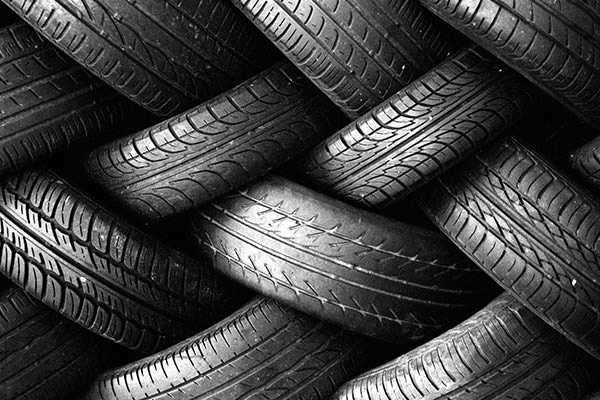


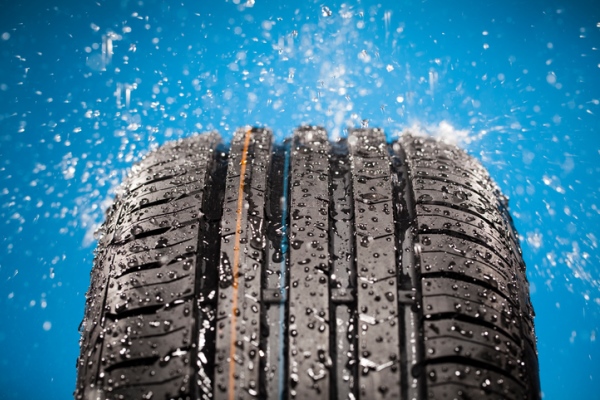
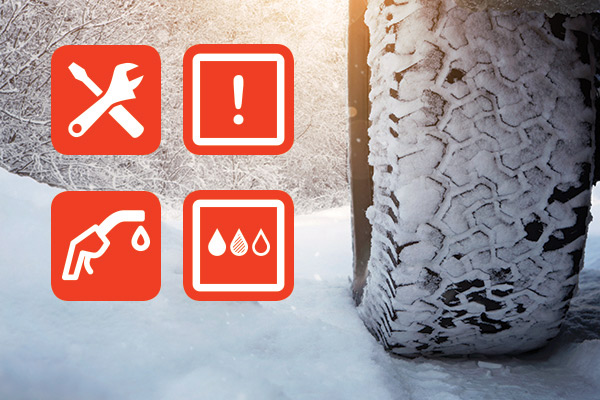
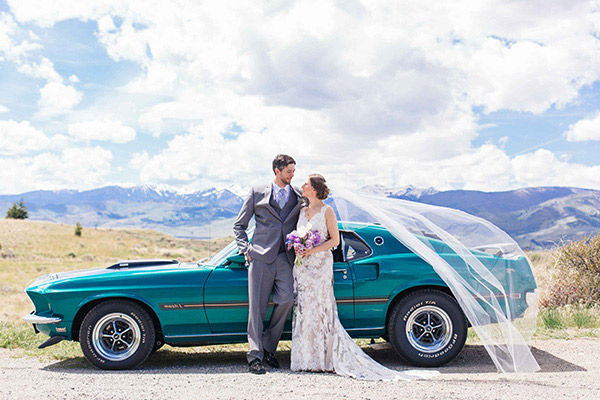
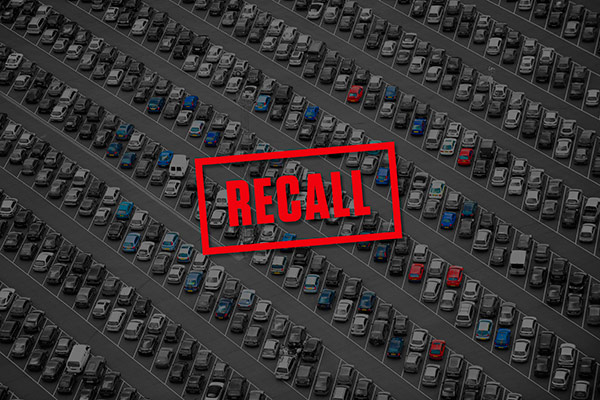
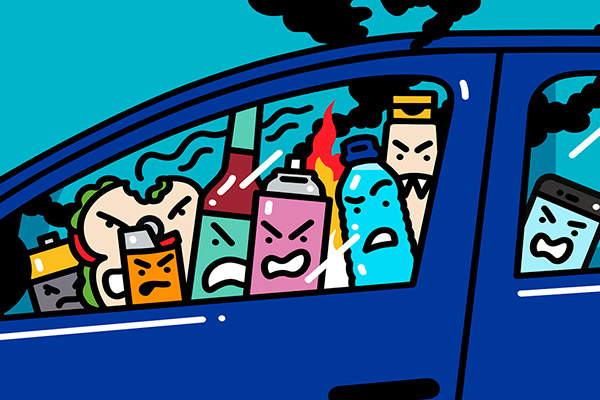
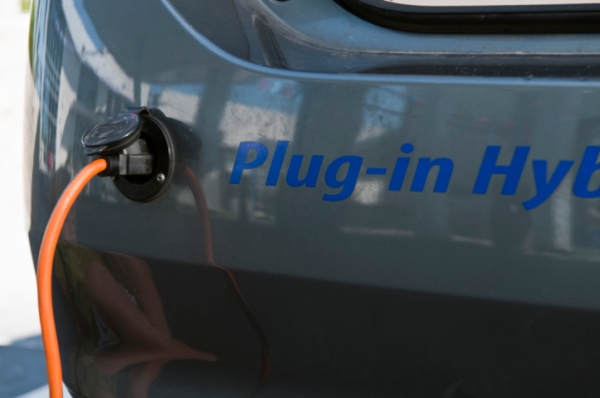
Clyde Hurst says,
Myth 2: From my experience on tire pressure I have found that the recommended tire pressure on the door is a little low. The fronts will usually wear the outside edges at that pressure. For example my 2012 Honda Accord works best at the recommended 30psi for the rear but wears much more evenly at 35psi in the front instead of the recommended 30psi. In my estimation that is due to the extra weight in the front (engine, trans, etc.)
john says,
I also recommend keeping small inexpensive air pump (one that you can put in the cigarette lighter for power) for if/when you get a small nail leak so you can limp it to the tire shop to save some major hassle. It is also convenient for regular maintenance for filling your tires.
henrietta phillips says,
when you get 2 new tires…should they be put on the front or back?
Daniel says,
Depends on your transmission. Think of the transmission as legs and tires as shoes.
All wheel drive – that would be two working sets of legs so they need 4 good tires
Front wheel drive- One working set of legs in the front so you want your 2best tires on the front.
Rear wheel drive – same concept as above but on the back.
Biff Tannen says,
except, replacing two tires on a front-wheel drive and placing them on the front when the backs tires have substantially less tread makes it a lot more likely a vehicle will lose control while cornering, especially on snow/ice/gravel, or while taking a turn too sharp. You want your best handling tires on the back in those cases.
Traction up front improved a bit, but not necessarily the safest thing to do.
Pat h says,
Wrong best tires on drive wheels
Tom G says,
Myth #1, spare tire doesn’t weight much, it is for manufacturer cost saving and increased profit margins. Small puncture (even if repaired) requires often towing to dealer. Replacement of run-flats runs easily into 200 dollar territory. For longer trips, good tip is to invest into spare.
Myth #2, for some tires it can be true, but usually must resort to car specifications (default car weight, wheel size)
Myth #3, TPMS was a good system but for cost cutting some manufacturers utilize ABS sensors for ‘relative’ measurements. It is not as good as TPMS installed in the valve stem, but is cheaper.
Myth #4, tire rotation depends on car operating ‘style’, Many newer AWD do not need tire rotation. Unless you are more vivid driver, than maybe steering tires need to go to the back occasionally.
Myth #5, run-flats are great, but expensive, not as stable when deflated and wear off quicker than anything else.
Bonus; don’t waste your money on putting nitrogen in the tires (is that still a thing?
Jose Lopez says,
That’s good info thanks
Sarah Pollard says,
Good imfomation. Thanks.
jim says,
Several comments.
1. Run flat tires–extremely unreliable and can often end up requiring that you buy not only a new (expensive) tire but also a new (VERY expensive)wheel! Suggestion when negotiating purchase price make last issue a full fitting rim and spare to close the deal. It probably will not fit in the trunk, but if the flat is close enough can get the spare and make the change to avoid towing cost.
2. Depending on the weather may need to check tire pressure more often, especially if extreme changes of weather. Remember air density in cold temperature is much lower than in warm.
3. Low pressure tires are extremely vulnerable with pot holes so another reason to be careful during winter.
4. Tire rotation needs to be done carefully. Some cars use different tires in front from the rear and should never be changed. The owners manual should give correct information.
5. if you experience a flat if at all possible-STOP DRIVING regardless of the tire. Only continue in an absolute emergency. As mentioned above, consequence could result in a requiring a new wheel.
Therese Allain says,
This is good info thank you.
paula brown says,
Hey there . How about telling everyone that tires have shelf lives and when you know how to read the shelf life code on the tire you can determine how long they have been sitting in the backroom getting old.
Karen says,
The recommended tire pressure is on the tire, listed as a number and PSI, for example 50 PSI. The tire pressure listed in the vehicle door or owners manual would apply to the original tires on the car. If you have a preowned car or changed tire type or size that information might no longer be correct.
Tyler says,
Partially true, but the inflation pressure you need has a lot to do with the weight of the car, and less to do with the tire. If the tire is the same size as the factory-fitted tires, its optimum pressure (which is also a phrase subject to interpretation, as it will change in different circumstances) will be more or less the one listed on the car. As the article states, the number listed on the tire is the maximum pressure, not the ideal pressure. While overinflated tires will not hurt fuel mileage, they will wear faster and may cause degraded performace (i.e. have less grip).
Timothy Wilson says,
Currently having some issues now with my car. Could be tire pressure. This is good info . Something I need to pay attention to more closely. Thx
rich says,
disagree about #2. most tires have the pressure on the tire. looking at the label inside the door only works for the tires that came with the vehicle. there’s no guarantee that all other tires that ever get put on the car will have the same pressure needs.
Tyler says,
This has a lot to do with the weight of the vehicle – the same type of tire may be used on 2000 pound sports cars and 4000 pound sedans, and it will require different pressures in different applications. This is why the pressure listed on the car should be at least a guideline, and will be generally correct as long as the tire in question is the same size as those fitted from the factory; the pressure listed on the tire is, as stated in the article, the maximum pressure, not the ideal pressure for any given application. My Oldsmobile is heavy enough that the tires always get filled to near the maximum; on my Miata I always fill them to 26psi, though the sidewall says “Maximum 40psi.”
T. Morton says,
This is most helpful! Thank you!
Howard Brodsky says,
Which tire brand are recommended for 18 inch wheels
henry white says,
I was always told to best check the cars oil is before ever starting the car this way you can get a true reading alsowhen you check your tire presure the valve stem should be as close to the six oclock positions as possible in order to het a great reading and is need be if the tire needs to be changed.The first thing is to set the parking brake,the removing the hub caps if their are any then proceed to brake the lugs loose with a proper lug wrench,then place a proper auto jack in the proper location under the vechile and raise the vechile up just high enough that you car safely remove the tire and place your spare on it and start tighting up the lug at which time the vechile is properly at its normal highten,then retigh all the lugs again ,The release the jack and replace the jack in its proper place.
john brosnan says,
excellent information